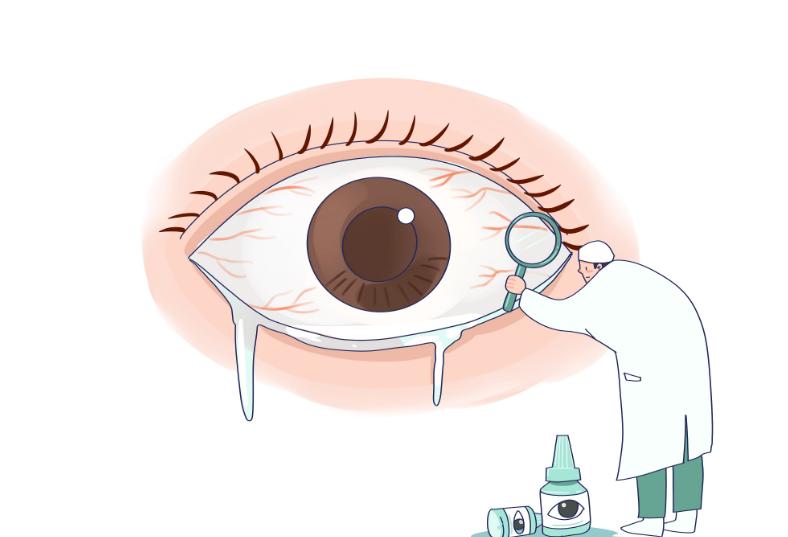What should I do if toilet cleaner and 84 disinfectant are splashed into my eyes? In fact, this kind of injury is an eye chemical injury, that is, an eye injury caused by chemicals, which is a common and serious eye emergency in life.

Huang Xiaohan, an ophthalmologist at Beijing Jishuitan Hospital, introduced that the clinical manifestations have mild eye irritation symptoms (such as eye redness, tearing, pain), no sequelae; in severe cases, it can necrosis of deep eye tissues, form scars and adhesions, thereby affecting the appearance and vision of the eyes; and even lead to inflammation of the whole eyeball, secondary glaucoma, and eventually complete blindness and eyeball atrophy. The severity of the damage caused depends on the type, concentration, dose, contact time, contact area, temperature, and pressure of the chemical. So, if we suffer an eye chemical injury, what should we do?
Household cleaners should be kept away from the eyes
The chemical substances referred to by eye chemical injuries are mainly divided into acidic and alkaline. In addition to the strong acids and strong alkalis used in industrial uses, the common acidic substances in daily life and work include toilet cleaners and some insecticides; common alkaline substances are 84 disinfectant, washing powder, food desiccant, etc.
Which chemical causes more serious eye damage?
From the clinical point of view, when the acidic substance comes into contact with the eye tissue, the tissue protein will coagulate, which has the characteristics of slow penetration into the eye and clear lesion edge. Lesions are generally non-progressive, occur only at the site of contact, and recovery can often be judged within a few hours of injury.
After the alkaline substance comes into contact with the eye tissue, it will dissolve fat and histone protein, which has the characteristics of rapid penetration into the eye and strong penetration, thus affecting the surrounding tissues that the alkaline substance is not in direct contact with, and the lesion damage is progressive.
Therefore, in general, alkali burns progress faster than acid burns, have a long duration of lesions, slow recovery, and a poor prognosis.
The first thing to do after an injury is not to rush to the hospital
After an eye burned with chemicals, the first thing to do is not rush to the hospital. There is nothing wrong with seeing a doctor after an injury, but it is not a priority in this case. Because even if you rush to the hospital as quickly as possible, it is estimated that it will take half an hour to enter the clinic, and during this time, the chemical may have caused irreversible damage to the eye. So, the first thing patients do after an eye injury is to remove the chemicals in the eye as soon as possible.
If it is a liquid chemical, it is necessary to continuously rinse the surface of the eyeball for at least 15 minutes with the fastest available water source (such as mineral water, tap water, normal saline, etc.) as soon as possible, open the upper and lower eyelids when rinsing, expose the conjunctival sac as much as possible and rotate the eyeball to make the flush more complete. If injured in one eye, be careful that the injured eye is in a low position so as not to contaminate the other eye during irrigation.
If it is a solid chemical, such as washing powder, quicklime, etc., chemical reactions may occur in water to cause more serious damage, so it should not be rinsed first, and the residue in the eye should be removed as soon as possible with a cotton swab dipped in paraffin oil or vegetable oil, and then rinsed thoroughly with water.
After the flushing is over, seek medical attention as soon as possible. When seeking medical treatment, try to clearly inform the doctor of the name of the chemical in the eye, and you can also carry or take pictures to save the outer packaging of the chemical, so that the doctor can understand the acidity and alkalinity of the chemical and formulate a targeted treatment plan.
Courtesy photo: Visual China